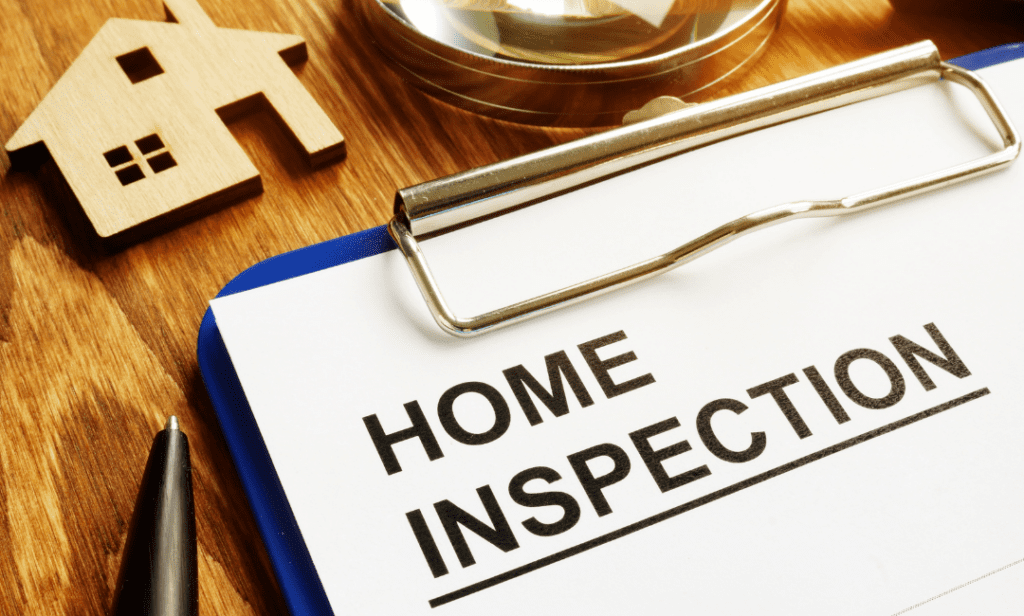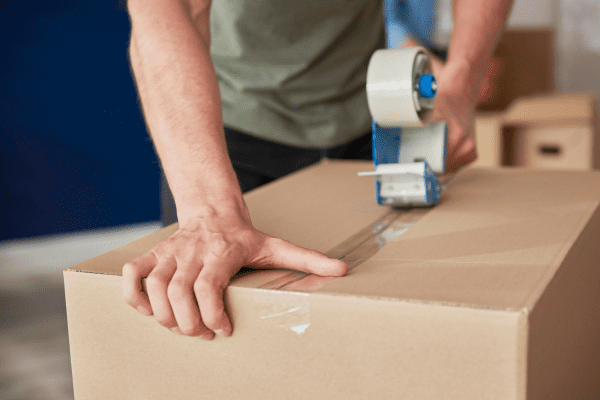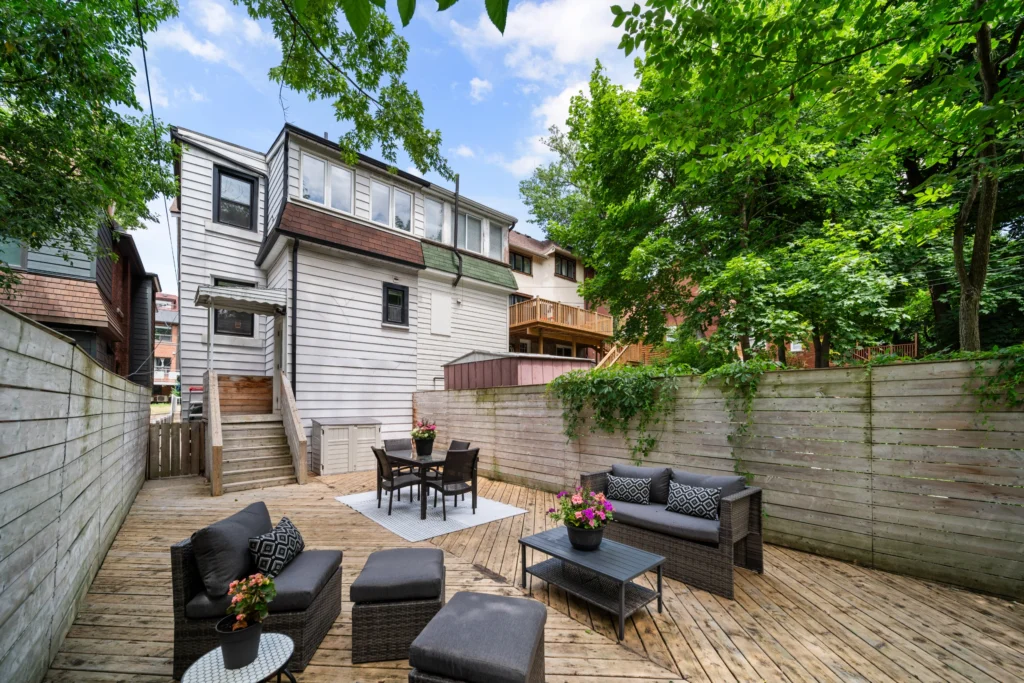What Are the Steps to Buying a Home?
05/05/25

If you’re thinking about buying a home in Toronto’s west end, maybe somewhere around High Park, Bloor West Village or The Junction, there’s a good chance you’ve already peeked at listings online. From character-filled semis near Roncesvalles to family-friendly detached homes in Swansea, the area has something for nearly every buyer.
But where do you actually begin?
The buying process involves several key steps, from setting your budget to finally receiving the keys. Here’s our straightforward breakdown of what to expect when buying a home in the west end of Toronto.
- 1. Start Saving and Set a Realistic Budget
- 2. Explore Mortgage Options and Get Pre-Approved
- 3. Choose the Right Real Estate Agent
- 4. Start Shopping for the Right Home
- 5. Make an Offer That Works for You
- 6. Book a Home Inspection
- 7. Finalize the Deal
- 8. Transfer Utilities and Update Your Address
- 9. Pack Up and Get Ready to Move
1. Start Saving and Set a Realistic Budget

In neighbourhoods like High Park or Bloor West Village, saving for a down payment can take time. Home prices in these areas tend to reflect the strong demand for well-located, walkable communities close to transit, schools and green space. The minimum down payment is five percent, but putting down 20 percent or more helps you avoid CMHC mortgage insurance, and keeps your monthly payments lower.
Along with the down payment, plan for other costs like closing fees, a home inspection, legal fees, land transfer tax (including the City of Toronto’s portion), and moving expenses. Knowing your numbers up front helps you focus on homes that fit your price range—and makes the process far less stressful later on.
2. Explore Mortgage Options and Get Pre-Approved
Once you’ve set a budget, your next step is to get pre-approved for a mortgage. This gives you a clear idea of how much a lender is willing to finance, based on your income, debts, credit history and savings. A pre-approval also locks in an interest rate, typically for up to 120 days, so you’re protected if rates increase while you’re house hunting.
In areas like Swansea or Roncesvalles, where homes can attract multiple offers, having a pre-approval in hand shows sellers you’re serious and ready to move quickly. Don’t just focus on the interest rate, though. Look closely at the mortgage terms like amortization period, prepayment options, and penalties so you know exactly what you’re signing up for.
If you’re not sure where to start, a local mortgage broker can help you compare options across different lenders and find the best fit for your situation.
3. Choose the Right Real Estate Agent

Buying a home is a big investment, especially in sought-after neighbourhoods like Bloor West Village, High Park and The Junction. You’ll want to work with someone who knows these areas inside and out, understands local pricing trends, and can help you navigate fast-moving markets with confidence.
The Smith Proulx Team has decades of experience helping buyers find the right home in Toronto’s west end. With deep roots in the community and a sharp eye for value, they offer practical advice that’s grounded in real-time local knowledge. Whether you’re eyeing a character home near High Park or a family-sized semi in Swansea, they’ll guide you through every step with clarity and care.
This kind of local expertise makes a real difference when it comes time to spot a good deal, prepare a winning offer, or uncover a home’s hidden potential.
4. Start Shopping for the Right Home

Once your financing is lined up, it’s time to start your home search! This part can be exciting, but it can also be overwhelming without a clear plan. Begin with your must-haves—things like number of bedrooms, outdoor space, parking, or proximity to transit. Then make note of what you’re willing to compromise on.
In areas like High Park and Roncesvalles, you’ll find a mix of classic detached homes, semis and converted duplexes, while places like The Junction and Bloor West Village offer a blend of character homes and updated townhouses. Condos are also an option, especially for first-time buyers or downsizers looking for convenience and lower maintenance.
Think about how long you plan to stay in the home, and choose a property that can support your lifestyle for at least the next five years. And remember, no home is perfect. What matters most is finding one that fits your life and budget.
5. Make an Offer That Works for You
Once you’ve found a home that feels right, it’s time to make an offer. This part can move quickly, especially in competitive pockets like Bloor West Village or Roncesvalles where bidding wars aren’t uncommon. Your offer will include the price you’re willing to pay, your preferred closing date, and any conditions such as financing or a home inspection.
The Smith Proulx Team has helped many buyers successfully navigate offer scenarios across Toronto’s west end, from heated bidding wars to more nuanced negotiations. They’ll walk you through the strategy that makes the most sense for the current market, whether it means coming in firm on price, including conditions for peace of mind, or negotiating terms that protect your interests.
Having a knowledgeable agent guide you here can help reduce stress and give you the confidence to make decisions quickly and clearly.
6. Book a Home Inspection

Even if the market is competitive, a home inspection is a step worth keeping in your offer. It can reveal costly issues that aren’t visible during a regular showing.
In older areas like High Park or The Junction, many homes have vintage charm, but may also come with outdated wiring, older plumbing, or foundation repairs.
A certified inspector will assess the home’s major systems (electrical, plumbing, heating, roofing, and structure) without opening walls or floors. Inspections usually take about three hours and cost a few hundred dollars, depending on the size of the home. The report will help you understand any risks and can be used to renegotiate the price if major problems are found.
Skipping the inspection might speed things up, but in most cases, it’s better to know what you’re walking into before the deal becomes final.
7. Finalize the Deal
Once your offer is accepted, you’ll enter the closing period. This is typically around 60 to 90 days, depending on what was agreed upon. During this time, you’ll work through any conditions in your offer, such as securing your mortgage or completing the home inspection.
Your lender will need a copy of the signed Agreement of Purchase and Sale to confirm your financing. If any issues were flagged in the inspection, now is the time to negotiate repairs or a price adjustment. Your lawyer will also step in to handle the legal paperwork, including title searches, registering the mortgage, and managing the transfer of funds.
In neighbourhoods like Swansea or Roncesvalles, where many homes are older and unique, it’s especially helpful to have a real estate team and lawyer who understand the local housing stock and what to watch out for during closing.
Once everything is signed, reviewed and ready, your closing day will be set. That’s the day you officially take ownership and get the keys to your new home.
8. Transfer Utilities and Update Your Address
With closing day approaching, it’s time to get organized for the move. Start by notifying utility providers, credit card companies, your bank, and any subscription services of your upcoming address change. You’ll also want to update your contact information with your employer, doctor, and dentist.
For government services, you can change your address online with:
- Canada Revenue Agency
- ServiceOntario (for your health card and driver’s licence)
- Canada Post (to set up mail forwarding)
If you’re moving within the city, don’t forget to transfer or set up new Toronto Hydro and Enbridge accounts, plus telephone, cable and internet services. It’s a good idea to give yourself at least two weeks’ lead time, so everything is ready on move-in day.
Even something as simple as missed mail or a utility delay can add stress to an already busy time, so this step is worth tackling early.
9. Pack Up and Get Ready to Move

As moving day approaches, start packing in stages to make it feel more manageable. If you’re moving during peak season (usually summer), book your moving company well in advance. For smaller moves within the city, you might decide to rent a truck and enlist a few helping hands instead.
Here are a few packing tips to make things easier:
- Use clear plastic bins for essentials you’ll need on the first day
- Wrap fragile items like plates in towels or clothing to save on packing supplies
- Label each box by room and contents to speed up unpacking
- Photograph how your electronics are wired so reconnecting is simple
- Keep valuables and important documents with you during the move
West-end streets, especially in areas like Roncesvalles or The Junction, can be tight for moving trucks, so check if you’ll need to reserve street parking for the day or notify your neighbours in advance.
The more prepared you are ahead of time, the smoother your move-in day will go.
10. Celebrate Your New Home

The keys are in your hand, the boxes are in the door, and just like that, you’re home.
Whether you’re unpacking in a semi near High Park or settling into a quiet street in Bloor West Village, this is your moment to enjoy everything you’ve worked for.
The Smith Proulx Team loves seeing clients reach this stage. From the first showing to the final signature, they’ve helped hundreds of families find the right fit in Toronto’s west end. Now it’s your turn to make memories, meet the neighbours, and explore your new favourite coffee shop or park.
And remember, even after closing, our team is always just a call or email away. Whether you need a trusted contractor, want advice on renovations, or just want to say hello, you’re part of the Smith Proulx family now!
Thinking about buying in Toronto’s west end? Call us at 416-826-4787 or contact us today to get started.
Looking for your dream home?
We are the local experts in Toronto's West End. We live here, too! Let us know what you're looking for.



